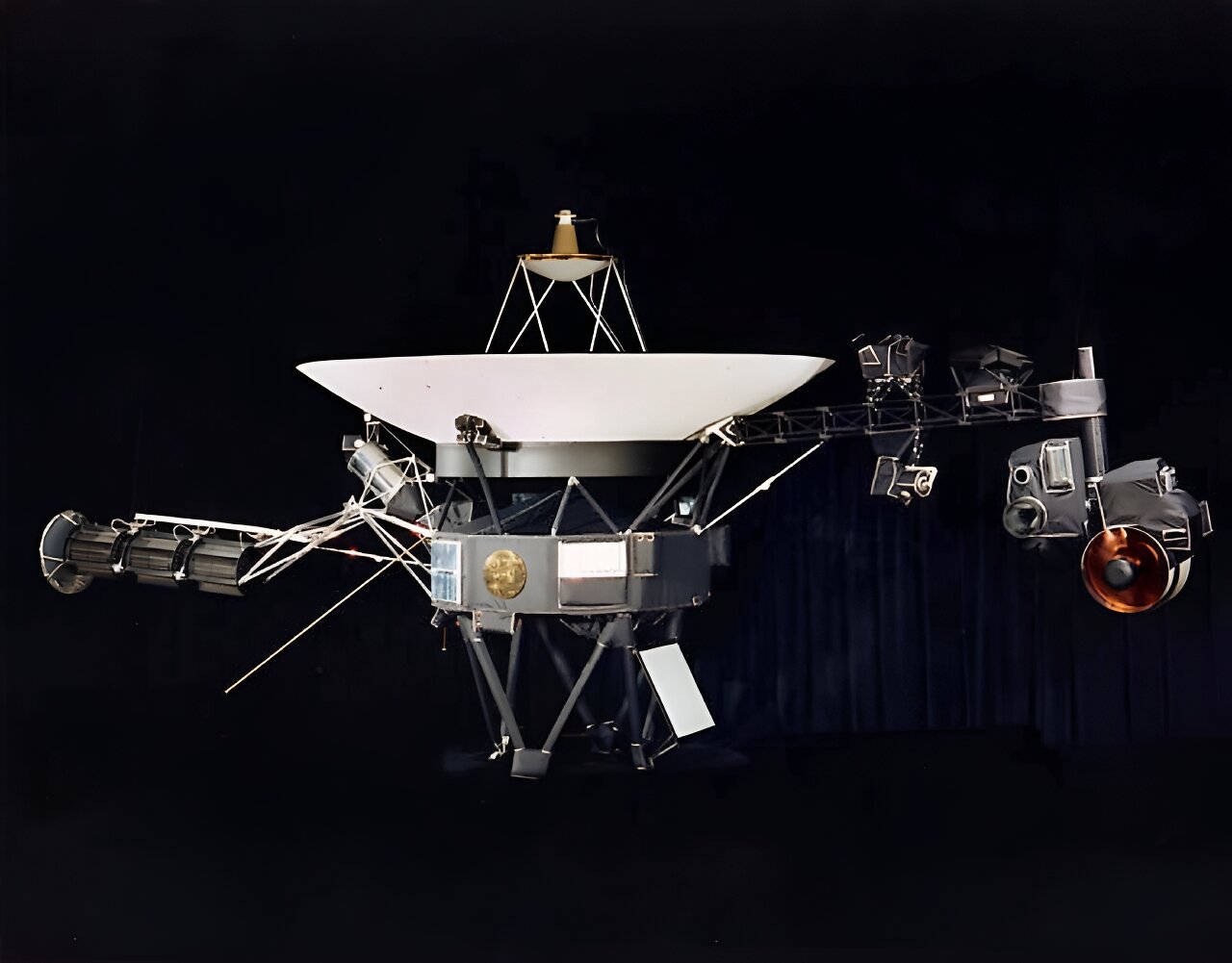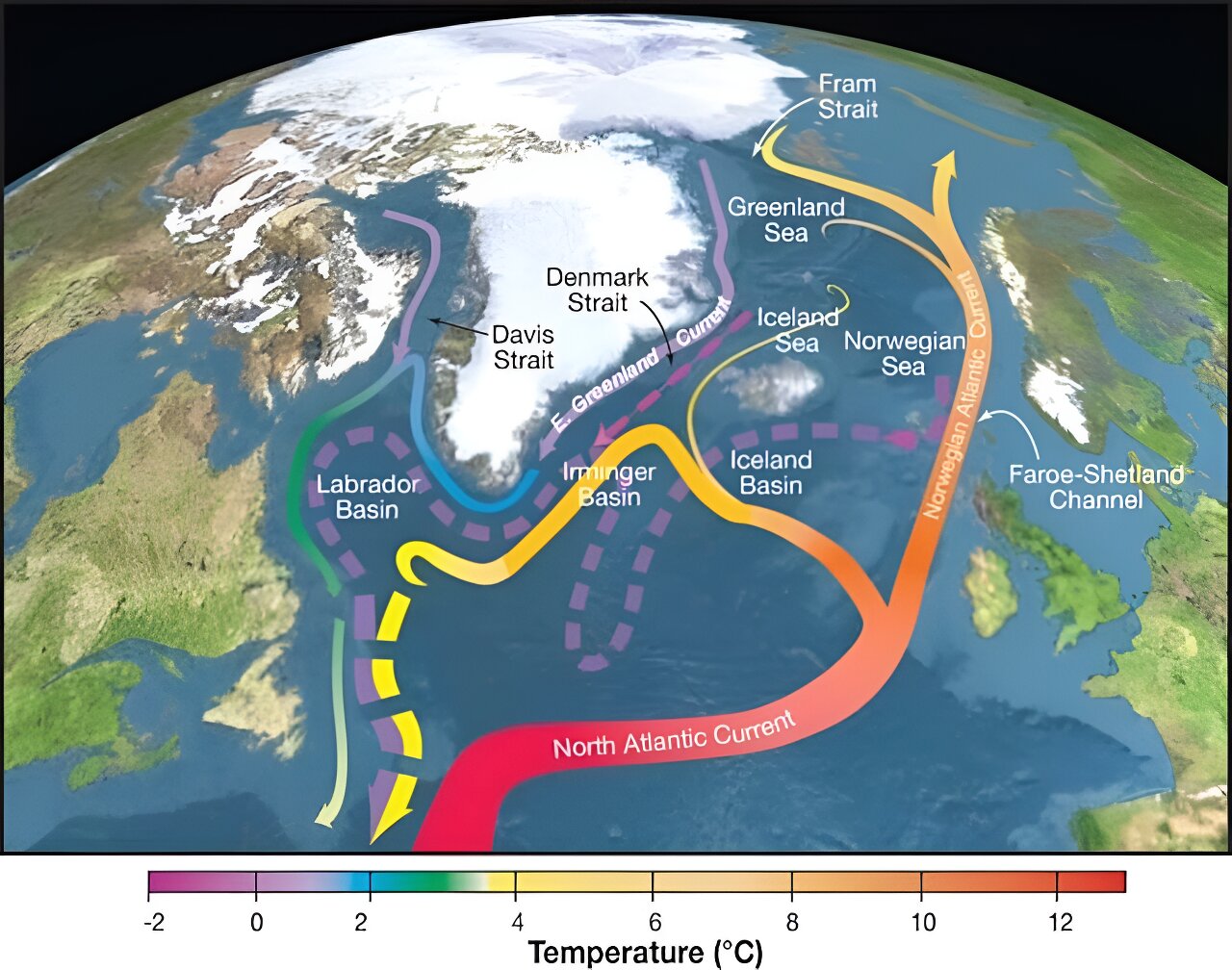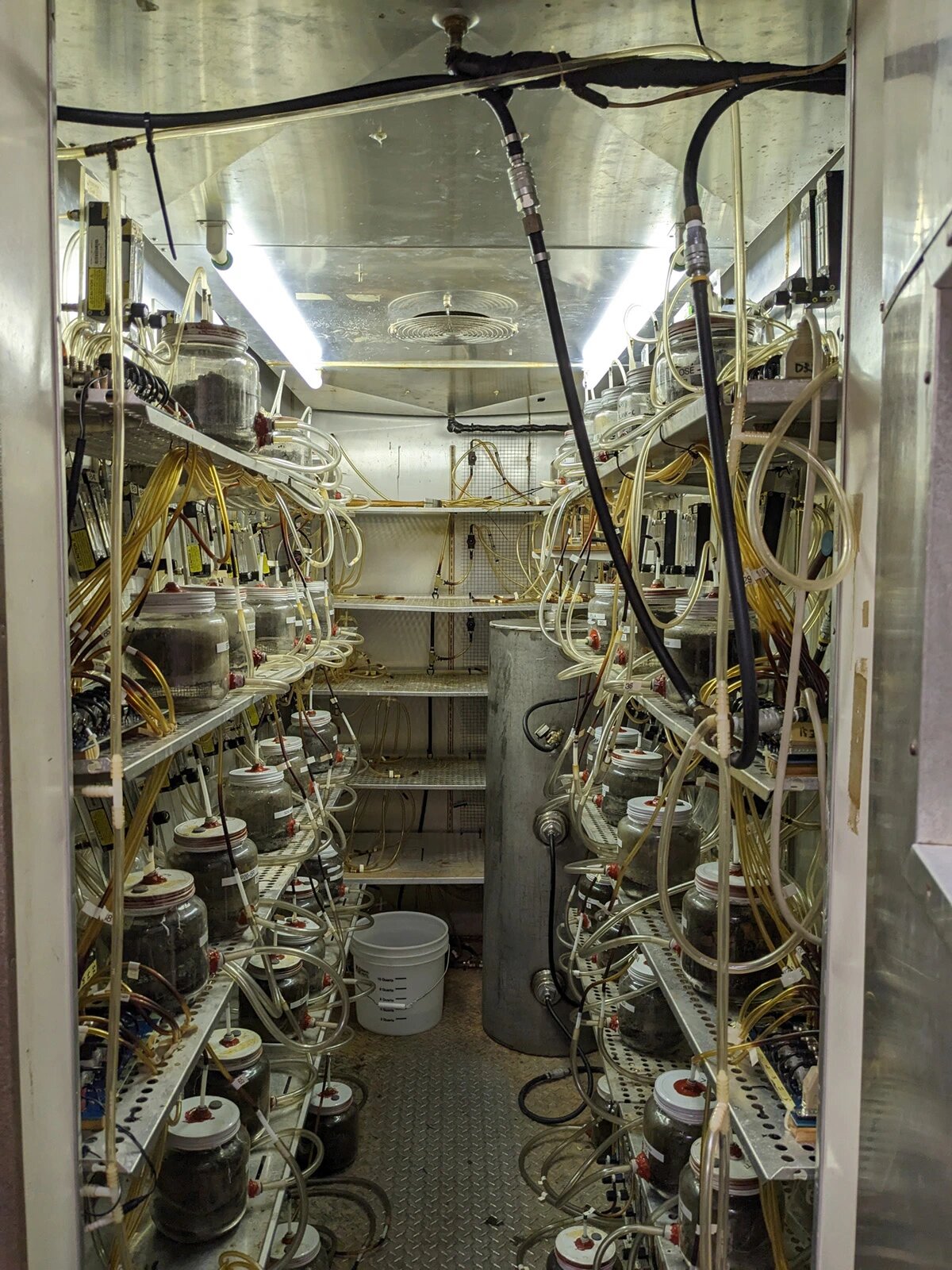NASA has achieved a remarkable feat by re-establishing full contact with Voyager 2. Using its highest-power transmitter, the space agency sent an “interstellar shout” that corrected the distant probe’s antenna orientation. This exciting development was announced on Friday.
Launched in 1977, Voyager 2 was designed to explore the outer planets and serve as a symbol of humanity to the wider universe. It is currently over 12.3 billion miles away from Earth, far beyond the solar system.
Unfortunately, a series of commands sent to the spacecraft on July 21 caused its antenna to point in the wrong direction, compromising its ability to send and receive signals and jeopardizing its mission.
Initially, the situation was not expected to be resolved until October 15, when Voyager 2 was scheduled to perform an automated realignment maneuver. However, engineers decided to seek assistance from multiple Earth observatories forming the Deep Space Network (DSN) to detect a faint carrier or “heartbeat” wave from Voyager 2.
In an exciting update on Friday, NASA’s Jet Propulsion Laboratory (JPL) announced that their longshot effort to send instructions to correct the spacecraft had succeeded. The Deep Space Network used its highest-power transmitter to send the command, and after a nerve-wracking 37 hours, mission controllers received confirmation that it worked.
Voyager 2 began transmitting science and telemetry data, indicating that it is operating normally and remains on its expected trajectory.
Mankind’s Beacon
In December 2018, Voyager 2 left the protective magnetic bubble provided by the Sun, known as the heliosphere, and is now journeying through the space between stars.
Prior to leaving our solar system, Voyager 2 explored Jupiter and Saturn, becoming the first and only spacecraft to visit Uranus and Neptune.
Voyager 2’s twin, Voyager 1, was the first spacecraft to enter the interstellar medium in 2012 and is currently nearly 15 billion miles away from Earth.
Both Voyager probes carry “Golden Records” – 12-inch, gold-plated copper disks intended to convey the story of our world to extraterrestrials. These records include a map of our solar system, a piece of uranium serving as a radioactive clock, and symbols explaining how to play the record.
The disks, curated by a committee chaired by renowned astronomer Carl Sagan, contain encoded images of life on Earth, as well as music and sounds that can be played using a stylus included with the records.
For now, the Voyagers continue to transmit valuable scientific data, although their power banks are expected to be depleted sometime after 2025. After that, they will continue to wander the Milky Way, potentially for eternity, in silence.








